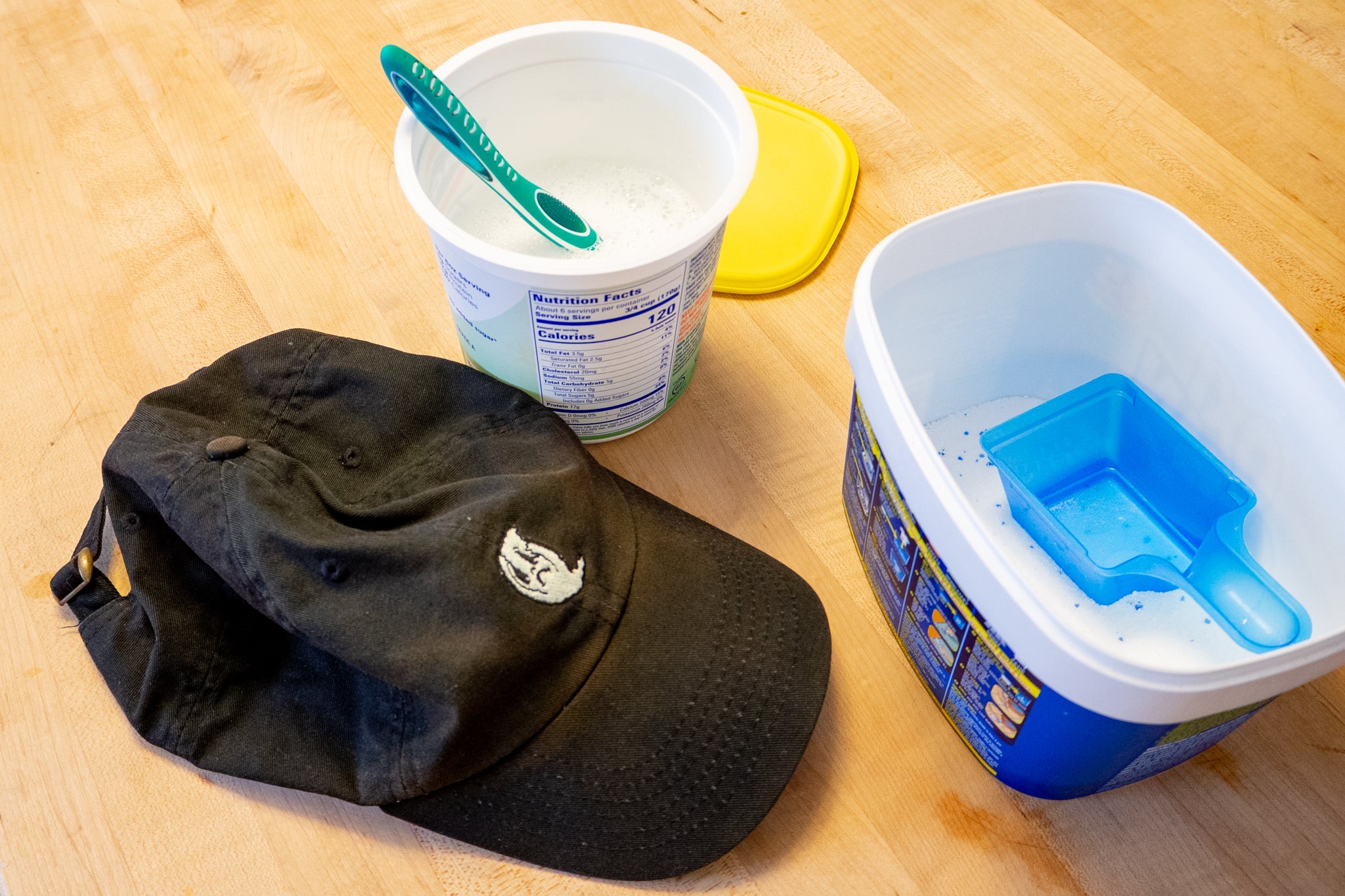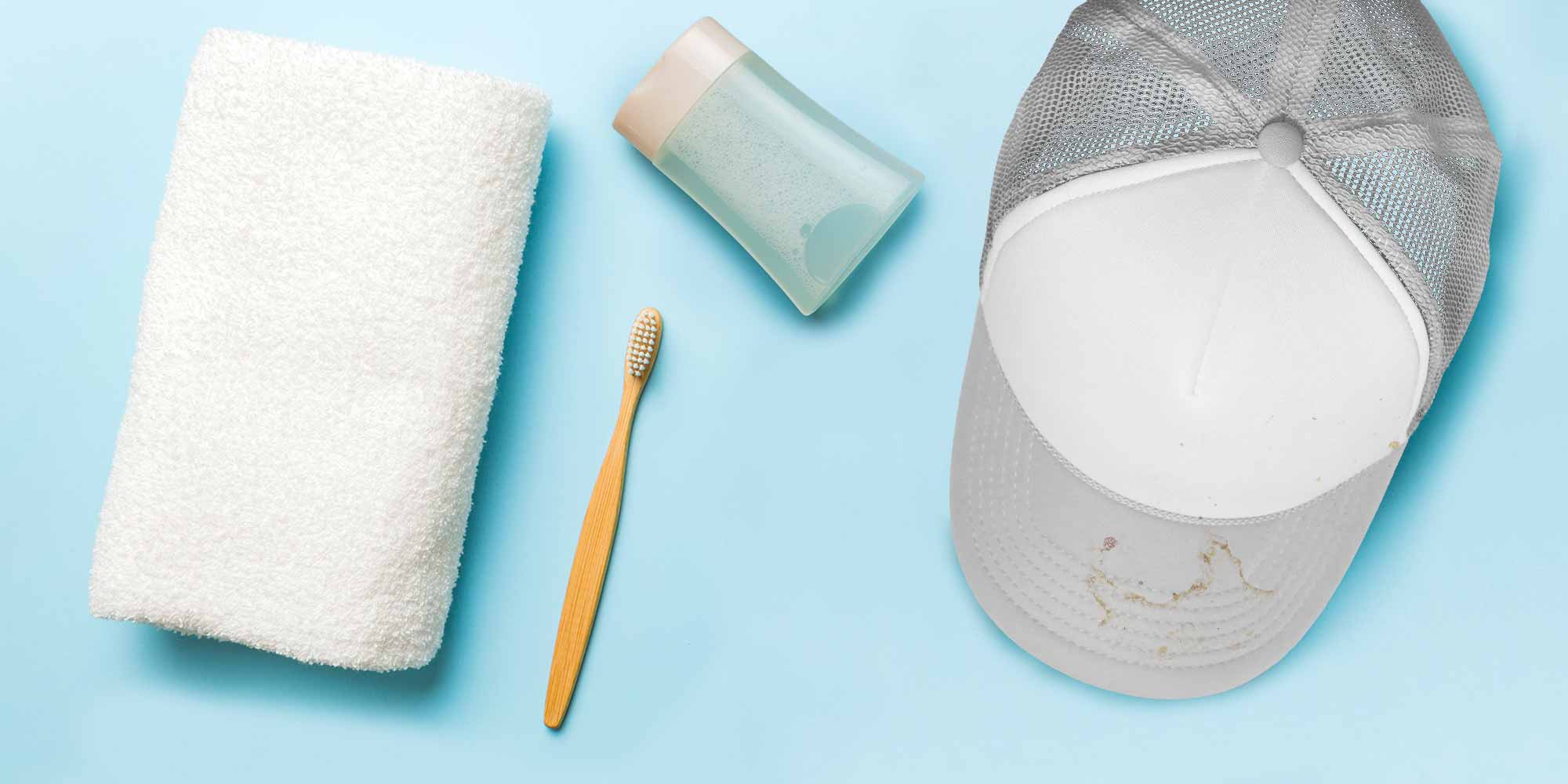Preserving the Shape and Integrity: An Introduction to Hat Hygiene
In the realm of casual fashion, few accessories hold as much sentimental value and versatility as the beloved baseball cap. Whether it’s a prized possession autographed by your favorite player, a nostalgic souvenir from a memorable trip, or simply a daily companion shielding you from the sun, maintaining its cleanliness is paramount. However, the question of whether you can safely wash a baseball caps without compromising its shape or integrity often leaves many cap enthusiasts in a quandary. Fear not, for this comprehensive guide aims to equip you with the knowledge and techniques necessary to keep your favorite headwear looking fresh and well-preserved.

Understanding the Materials: Why Gentle Handling Matters
Before diving into the cleaning process, it’s crucial to understand that not all baseball caps are created equal. Common materials range from cotton, polyester blends, to wool and even leather, each requiring tailored care. Cotton and synthetic blends are generally more forgiving when it comes to washing, while specialty fabrics like wool or leather necessitate extra caution. The structure of a cap, including its brim, stitching, and any embellishments, also plays a pivotal role in determining the appropriate cleaning method. Misjudging the material or applying excessive force during washing can lead to shrinkage, fading, or even damage to delicate elements like embroidery or patches.
The Hand-Washing Method: A Gentle Approach
For most standard baseball caps made of cotton or synthetic blends, hand-washing is the safest and most effective way to clean them. Begin by filling a basin or sink with cold water and a small amount of gentle detergent, ideally one designed for delicates or a mild soap solution. Avoid hot water as it can cause shrinkage and color bleeding. Submerge the cap slowly, gently agitating the water to ensure the detergent penetrates the fibers. For stubborn stains, use a soft-bristled brush or an old toothbrush to lightly scrub the affected areas. After a thorough soak, carefully rinse the cap until the water runs clear, taking care to remove all soap residue.

Drying Techniques: Maintaining Shape and Structure
Post-wash, proper drying is equally important to prevent misshaping and potential damage. Never wring or twist your cap; instead, lay it flat on a clean towel, preferably inside out to protect the exterior. Gently reshape the brim and crown, then roll the towel up with the cap inside, applying light pressure to absorb excess moisture. Alternatively, you can stuff the cap with a dry towel or newspaper to help it retain its original form. Air-dry naturally, away from direct sunlight or heat sources which can cause fading or shrinkage. Patience is key—allow the cap to air-dry completely before wearing or storing it.
Machine Washing: Proceed with Caution
While hand-washing is highly recommended, some newer, sturdily constructed caps may tolerate machine washing on a gentle cycle using a mesh laundry bag. This method should be reserved for heavily soiled caps and only if you’re confident about the cap’s durability. Always choose the cold water setting and use a mild detergent. Avoid washing with heavy items that could cause friction or damage. Remember, even with precautions, machine washing carries risks and might not be suitable for all caps, especially those with delicate components.

Special Considerations: Leather, Wool, and Embellished Caps
Caps made from leather or wool require specialized care. For leather caps, use a damp cloth and a leather cleaner specifically designed for the type of leather your cap is made of. Gently wipe the surface, avoiding soaking the leather, and allow it to air-dry naturally. Wool caps are best spot-cleaned with a gentle detergent and cold water, being careful not to rub excessively. Dry cleaning might be the safest option for both materials. Caps adorned with sequins, beads, or intricate embroidery should always be hand-washed with extreme care to avoid damaging the embellishments.
Storage Solutions: Preserving Your Caps for the Long Haul
Proper storage is as vital as cleaning when it comes to extending the life of your caps. Avoid stacking them directly on top of one another, as this can cause misshaping over time. Instead, consider investing in a cap rack, hooks, or clear plastic boxes designed for hat storage. This allows air circulation and prevents dust accumulation, keeping your caps clean and ready for the next outing.

Humidity Control: A Vital Factor in Storage
In addition to proper storage methods, controlling humidity is crucial, especially for caps made from natural materials like leather or wool. Excessive moisture can lead to mold growth and deterioration, while very dry conditions can cause leather to crack. Ideally, store your caps in a cool, dry area with moderate humidity levels, around 40-50%. You may want to consider using silica gel packets or a dehumidifier in your storage space to maintain optimal conditions.
Seasonal Care: Adjusting for the Elements
Seasonal changes demand adaptive care routines. During warmer months, protect your caps from prolonged sun exposure, which can fade colors and weaken fabrics. If you must wear a cap outdoors during hot weather, rotate between several to allow each one to rest and breathe between uses. In colder seasons, be cautious of snow and rain; if your cap gets wet, follow the appropriate drying techniques immediately to prevent damage.

Travel Precautions: Safe Transport
When traveling with your caps, protect them from getting crushed or misshapen in transit. Use a dedicated hat travel case or stuff the cap with soft materials like tissue paper to maintain its shape. If space is limited, consider folding the brim gently and laying the cap flat in a suitcase, covered with a protective layer to avoid scratches or dirt.
Conclusion: Caring for Your Cap, Caring for Memories
Cleaning your baseball caps is not just about maintaining hygiene; it’s an act of preserving memories and personal style. By following these guidelines, you can confidently restore your favorite cap to its former glory, ensuring it remains a cherished part of your wardrobe for years to come. Remember, understanding your cap’s unique needs and handling it with the respect it deserves is key to keeping it in tip-top condition. So, the next time your cap collects a layer of dirt or sweat after a long day out, don’t hesitate to give it the tender loving care it requires.
